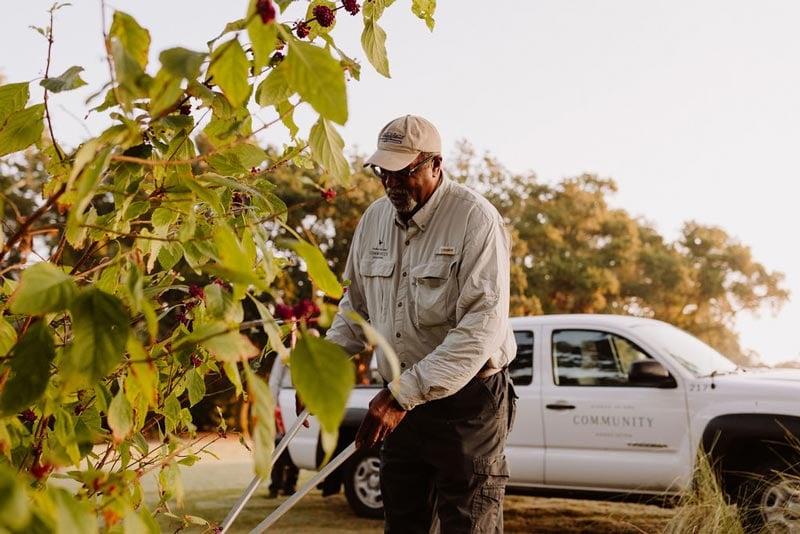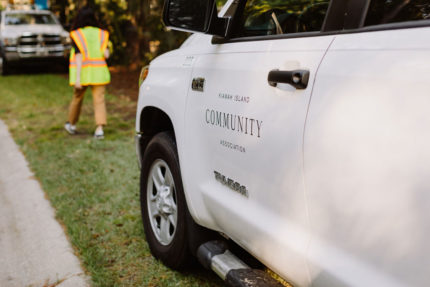Sep
17
2020
From The Blog
New Tide Gauge Provides Real-time Info
It’s boating season in the Lowcountry, and it’s also an ideal time to get more information on water-levels in the area. To help with this, the Town of Kiawah Island recently installed a new tide gauge at the Kiawah River. This tide gauge, the first at the site since the 1970s, will allow viewers to see NOAA tide predictions alongside real-time water level measurements for the first time.
The gauge went online in May and, after some calibration, is up now for viewing at kica.us/kiawahrivergauge. The water level is updated every 15 minutes along a blue line. The measured reading
is accurate to the millimeter. A black line represents NOAA’s (National Oceanic and Atmospheric Administration) tide predictions for the area. See the current water-level at a glance using the gauge feature in the top right corner, which shows the current reading and whether that reading is within a normal range or a critical range. Hovering over any point on the line with your mouse will also show the water level at a specific time.
The critical range, which has not yet been reached during the gauge’s lifetime, begins at a tide-level of 9 feet. At this level, the gauge is highlighted in red and an alert stating that flooding is probable on parts of the Kiawah Island Parkway is also shown. Many of the low-lying areas on the island will be inundated as well. This feature provides a critical benefit for members, especially during hurricane season when tide levels can be higher than usual.
The gauge has one cellular and one satellite transmission mechanism. This means that during a storm event, if either the cellular or satellite network goes down, the other will be able to report the data. No data should be lost during a storm event and real-time measurements should always be available for members to view.
Kiawah and other coastal communities have puta much higher focus on water resilience in recent years. KICA’s flood mitigation projects, approved by the membership in early 2020, are one part of a comprehensive plan. Another part is building water data that is specific to Kiawah, according to KICA resilience specialist Lucas Hernandez, who consulted on this project. Previous tidal data for the Kiawah River Bridge were extrapolated from nearby stations in the Charleston area so Kiawah’s tide data were formulaic estimates, not actual levels. The town’s investment in the installation and maintenance of the gauge will pay off by increasing the amount of accurate, Kiawah-specific data available for island entities but also fill a critical gap in data availability along the South Carolina coast. Prior to its installation, there was no tide gauge providing observed data between Charleston and Fort Pulaski, GA.
Lucas also points out that 2020 is an ideal year for the gauge to go online for a scientific reason. NOAA’s tide predictions are based on MLLW (mean lower low water), a value that is determined every19 years (known as an epoch). 2020 is the first year of the current epoch; when the new calculation is made in 2039, NOAA will for the first time have Kiawah-specific data. This increase in data for the Charleston area means more accurate predictions for the whole of South Carolina and possibly the southeast.

